If you want to start in the sewing world, one of the first steps is to know the sewing tools’ names and what they are for so you can get the ones you really need at the beginning.
Today, I want to give you this guide of 15 essential tools. You will learn how to use them and which sewing tools you absolutely need to start your sewing journey.
So, keep reading because you are one post away from your very first sewing project.

NOTE: This post contains affiliate links, which means that if you make a purchase using one of the links in this article, I may earn a commission at no extra cost to you (To know more about this, click here.)
I know what’s going through your head. As a beginner, you don’t know what tools you need or their names.
You might not even know you need some of them to make your job way more manageable.
I get you; every one of us started there.
Don’t worry, though.
You will be getting your advanced sewing tools in no time after spending a while with the basics.
It is only a matter of time to improve your sewing techniques and become an expert.
Choose wisely
That’s why I want to help you. In this post, I am giving you the links to the best-rated sewing tools on Amazon.
Of course, you can always choose to get prettier sewing tools.
These tools have different purposes and goals in the sewing world. There are some tools that will help you to sew faster.
The only thing you need is to know how to use them to let your imagination run wild every time you sit on that sewing room table.
I know that, as a beginner, all of these tools can seem too much. But once you start using these sewing tools, you will realize how important they are.
Trust me when I say that each one of them brings a different value to the project you will be sewing.
Each one of them can be the difference between a professional-looking sewing project or a really frustrating time in front of your sewing machine.
I assure you that you will care and love all of these sewing tools after a while.
What are sewing tools?

Sewing tools are a conjunction of equipment dedicated only to helping the sewing process, making it easier, faster, and more effective.
Some tools are essential for the process development, while others are completely optional.
Depending on their qualities and your needs as a seamstress, you can choose the best ones for you.
As you gain more experience, you will need another kind of sewing tool that will help you achieve advanced sewing techniques.
What Are the Category Names of the Sewing Tools?
We can divide our sewing tools into five big categories: Measuring, cutting, marking, pressing, and sewing.
Each one of these needs a specific tool to do the job.

Measuring tools:
The measuring tools include pattern-making rulers, measurement tape, sewing gauges, and more.
These tools measure and take body measurements, trace patterns, and grade between sizes.
An inch-cm transparent ruler is essential to every aspect of sewing. You can also use them to add seam allowances and make straighter cuts.
Cutting tools:
The cutting tools help us cut paper patterns and make precise cuts of our fabrics. It doesn’t matter if you are cutting on a sewing table or making a muslin on your dress form.
You can cut our excess fabrics and threads.
Marking Tools:
Marking tools come in a lot of different presentations. They can be pencils, pens, chalk, markers…
We use them to draft our patterns on pattern-making paper and sometimes draw them directly on the fabrics.
They are also helpful in marking seam allowances, indications on the fabric pieces, and mark notches.
Pressing tools:
Having a complete set of pressing tools can differentiate between a professional-looking project and a cheaper one.
These tools help us improve our garments during and after, making them more aesthetically pleasing.
With these tools, you will smooth the fabric, removing wrinkles and folds.
You can also press hems and other parts of the garment to make it easier to sew.
Sewing Tools:
Threads, sewing machines, needles, pins, and more.
These tools are probably the most important and indispensable of all the categories.
The sewing tools are the ones that will help us to join all the pieces of a garment together.
You can also use them to make embroidery details, add trims and notions, buttons, and more.
Top 17 Sewing Tools Names Every Beginner Should Have.
There are many tools used in sewing, each serving a specific purpose. Here are some common sewing tools names and pictures explained:

1. Sewing organizer
As I told you before, all your sewing tools are essential, and you should take good care of them.
So, getting a good organizer drawer or bag is a brilliant thing to do.
You can use this box to organize your tools and notions in their compartments.
It’s ideal for sewing because it will help keep your space clean of clutter and keep tiny tools or notions safe.
2. Measuring tape

The measuring tape is a flexible and soft tape with cm or inches marked along the length. It is ideal for taking your own body measurements.
Sewing measurement tapes range in length from 60″ to 120″ and usually have metallic ends to prevent deformation.
You should keep in mind that measuring tapes aren’t always accurate. Due to the nature of their material, they can stretch or simply come from the factory.
So make sure always to check it against a ruler to see if the measurements are correct. This brand of measuring tape is very well recommended on Amazon.
3. Dressmaker´s shears

We need several sewing scissors for sewing.
But the ones you really should have are a pair of good dressmaker scissors.
These scissors are the best for a clean, accurate cut of your patterns on the fabric.
Dressmaker scissors are different from regular scissors. These are shaper, have a better handle, and can cut several layers of fabric at once.
Never use your fabric scissors to cut paper, cardboard, or any other material, or you will end up damaging your pretty unique, and expensive pair of scissors. And, if you have damaged scissors, you can mess up the fabric too.
4. Trimming scissors

Shear scissors are ideal for cutting tiny threads or rip seams with precision.
They have a very narrow and sharp point to help you go under tight seams and take them apart.
You can also use them to cut the excess thread from seams.
The shape of these trimming scissors is ideal for a light and pain-free handle.
5. Tailor’s chalk

The dressmaker’s chalk will help us to make marks on our fabrics.
They are very easy to erase or brush away from the fabric without leaving marks or stains when they are no longer needed.
There is a wide variety of chalk colors for light or dark fabrics to have better visibility.
But be careful!
The chalk alone is very easy to break due to the material they are made of.
There are other alternatives, such as a chalk handle or even disappearing markers.
6. Glass-head pins

Glass-headed pins are way better than any other kind.
These pins are thin enough to puncture through most fabrics. The glass head can resist very high temperatures, making them ideal for pressing.
They are made of high-quality metal with durable glass heads, typically measuring 1.5 inches/38 mm in length.
Using these tools will speed up the process of sewing by holding the fabrics together when cutting or sewing.
One word of warning, though!
These fellows are very easy to lose or cause accidents. The best thing to do is use a magnetic holder to keep them together.
7. Pincushion

Pincushions are a very underrated sewing tool. They are super helpful and definitely a tool I wouldn’t live without.
Their function is to hold and keep your pins accessible in one place while you are sewing.
The original pincushions had a tomato shape and were filled with wool and sand to keep your pins sharp.
Nowadays, there are many other types of pincushions in many different shapes and sizes. You can also find them with magnetic properties (thank you!) on both bracelets or have them over your table.
I use both myself, and they help me stay organized I always have a pin near me when I am sewing.
The best part is that with these fantastic holders, you won’t be at risk (at that much risk) of losing pins around your home and “stabbing” everyone with them. Accidentally, of course.
8. Hand and sewing machine needles

Needles help us to perforate and join our textiles with thread.
There are many different types of needle sizes, shapes, and points. The type of needle you will need will depend on the material you are sewing.
Hand needles and sewing machine needles are very different.
For one thing, hand needles have the eye on the top, while machine needles have it on the bottom.
Lightweight fabrics will need a smaller needle size, while heavyweight fabrics such as denim require a thicker and stronger needle. We recommend you have several types and sizes on hand so you will be ready when you change materials.
9. Thimbles

A thimble’s shape and properties make it ideal for protecting your fingers from needles.
Thimbles help protect your fingers and prevent the needle from slipping from your hands.
With this tool, you can sew by hand, exerting the pressure you want against the needle without causing any pain to your fingers.
This small but handy tool makes it easier and safer to work with several layers of fabric.
Although you will see it more in advanced sewists, beginners will need it more!
A lot of people say that thimbles are hard to use. But it’s only a matter of getting used to the feeling and taking advantage of this tool.
10. Thread
The sewing thread’s job is to bind pieces of fabric together to create or mend our garments.
As well as with needles, choosing a thread will depend on the properties and weight of your fabrics.
There is also a different thread spool for a sewing machine than the one you use to thread a serger machine. Serger machines use cones.
But you can totally use a cone in a home sewing machine using a thread stand. That way, you can save on thread by buying cones in bulk.
They are mostly made of cotton or polyester. Because they are solid and flexible, these threads are suitable for most fabrics, especially clothing.
You can use the same thread for both hand and sewing machines.
11. Seam ripper

A seam ripper will help you unstitch your seams when you make a mistake.
Tear seams with ease. We all make mistakes.
The seam ripper is a good friend for these kinds of mistakes.
You can also use it to remove thread, fabric labels, pockets, patches, and more without damaging your fabric.
It has a small metallic, sharp end with a curved knife. Usually, it has a soft-grip handle that makes it very easy to use.
Its shape is so versatile that right and left-handed people can easily use it.
12. Iron Presser

Commonly used as a household appliance, the iron steamer is a tool that helps to smooth and press fabrics and garments.
This tool removes wrinkles and folds that the fabric might have before, during, and after sewing.
There are quite a few types of irons for sewing, from your classic iron and steamer to the mini iron for crafts and quilts.
I recommend that you get an iron presser with adjustable temperatures so you can change it depending on what fabric you are sewing with.
13. Ironing board

If you have a presser, you can probably use an ironing board.
Choose this one wisely because it will stay with you a long way. You will only need to sew and make a new ironing board cover.
Don’t worry; this doesn’t mean you will have to press all the family’s garments. In fact, I only use mine in the sewing room.
The board will help you keep your fabrics flat when pressing them.
Its height will also prevent bad postures that we usually get when pressing, so make sure that you get one that you can adjust.
14. Press Cloth
A pressing cloth is a valuable accessory for heat-sensitive textiles such as nylon, silk, velvet, and prints.
Ideal for beginners as well as experts in sewing.
The protective cloth protects the fabric from shine, burns, pressure marks, and water stains.
15. Pattern rulers

Pattern rulers are designed for making, cutting, and drafting your sewing patterns.
The Pattern-making rulers are the special rulers you can use to make or modify the sewing pattern of the garment.
Thanks to their different shapes, they allow you to trace anatomical shapes, garment alterations, or curved and straight lines.
You can get them in many different materials, acrylic, wood, plastic, and metal, but they all have the same function: to make your patterns as perfect as possible.
16. Tracing Wheel

This awesome tool is called a tracing wheel, and it’s used with carbon paper to transfer pattern markings onto fabric.
The wheel has sharp edges that make little perforations on the carbon paper, which transfer the markings onto the fabric.
It’s super handy for sewing and other fabric crafts to make sure your patterns are placed accurately and consistently. Happy crafting!
17. Rotary Cutter

Do you happen to know what a rotary cutter is?
It’s a super handy cutting tool that’s used in sewing and quilting.
This tool has a circular blade that rotates when you apply pressure, allowing you to cut fabric with precision and ease.
The blade is very sharp, so you can even cut through multiple layers of fabric at once!
Don’t forget to follow us on Social Media!!
What are the names of the most important sewing tools?
Condensed Version:
- Needles: Used for hand sewing or with a sewing machine.
- Pins: Used to hold fabric pieces together before sewing.
- Scissors: Essential for cutting fabric. There are different types, such as fabric scissors and embroidery scissors.
- Measuring Tape: Used for taking body measurements or measuring fabric.
- Seam Ripper: Used to remove stitches and open seams.
- Thread: A variety of threads are available in different colors and materials for different purposes.
- Thimble: Worn on the finger to protect it when pushing needles through the fabric.
- Pincushion: Holds pins and needles for easy access.
- Iron and Ironing Board: Used to press and iron fabric.
- Sewing Machine: A mechanical or electronic device used to stitch fabric together.
- Fabric Marking Tools: Such as tailor’s chalk, fabric markers, or disappearing ink pens for marking patterns on fabric.
- Sewing Gauge: A ruler-like tool used to measure small distances and mark hems and seam allowances.
- Rotary Cutter and Cutting Mat: Used for precise cutting of fabric, especially in quilting.
- Sewing Box or Organizer: A container to keep all your sewing tools organized.
- Hem Gauge: Helps measure and mark even hems.
- Tracing Wheel: Used with carbon paper to transfer pattern markings onto fabric.
- Sewing Patterns: Templates for cutting out fabric pieces.
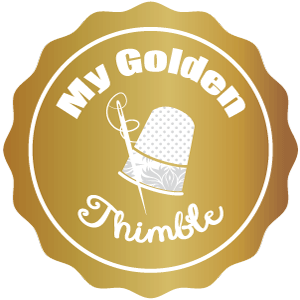
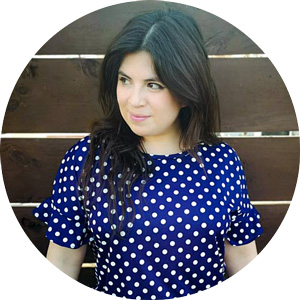
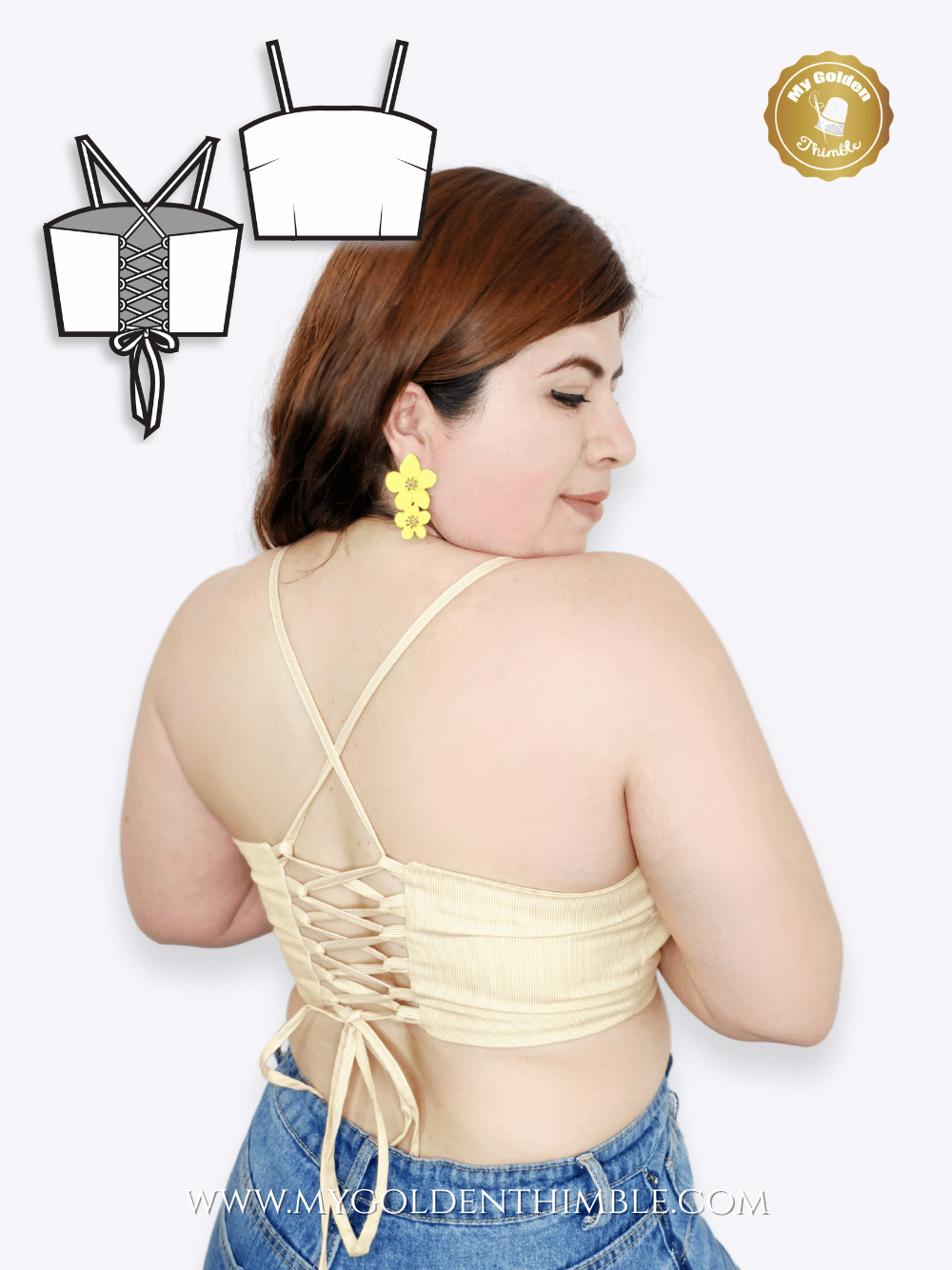

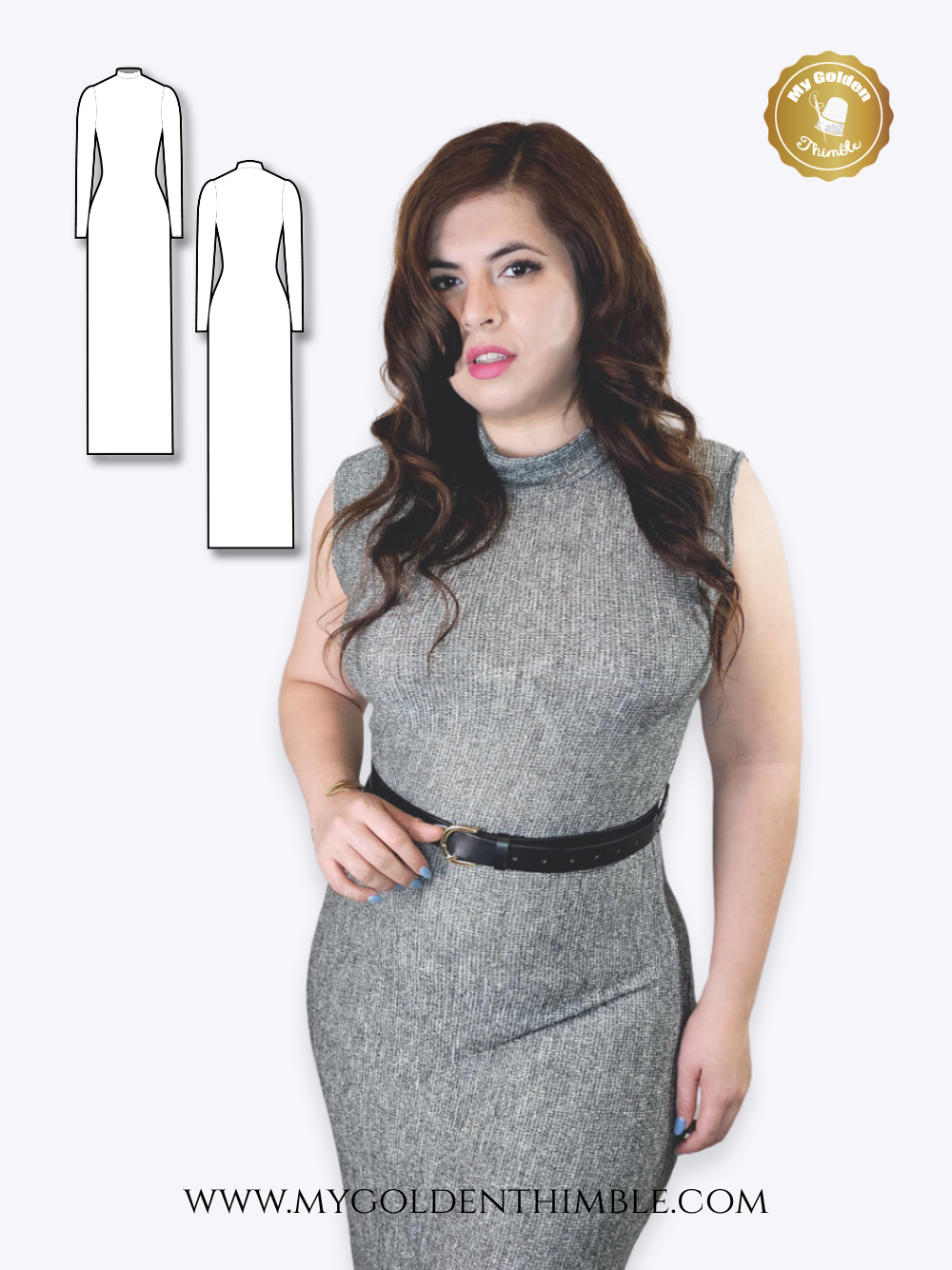
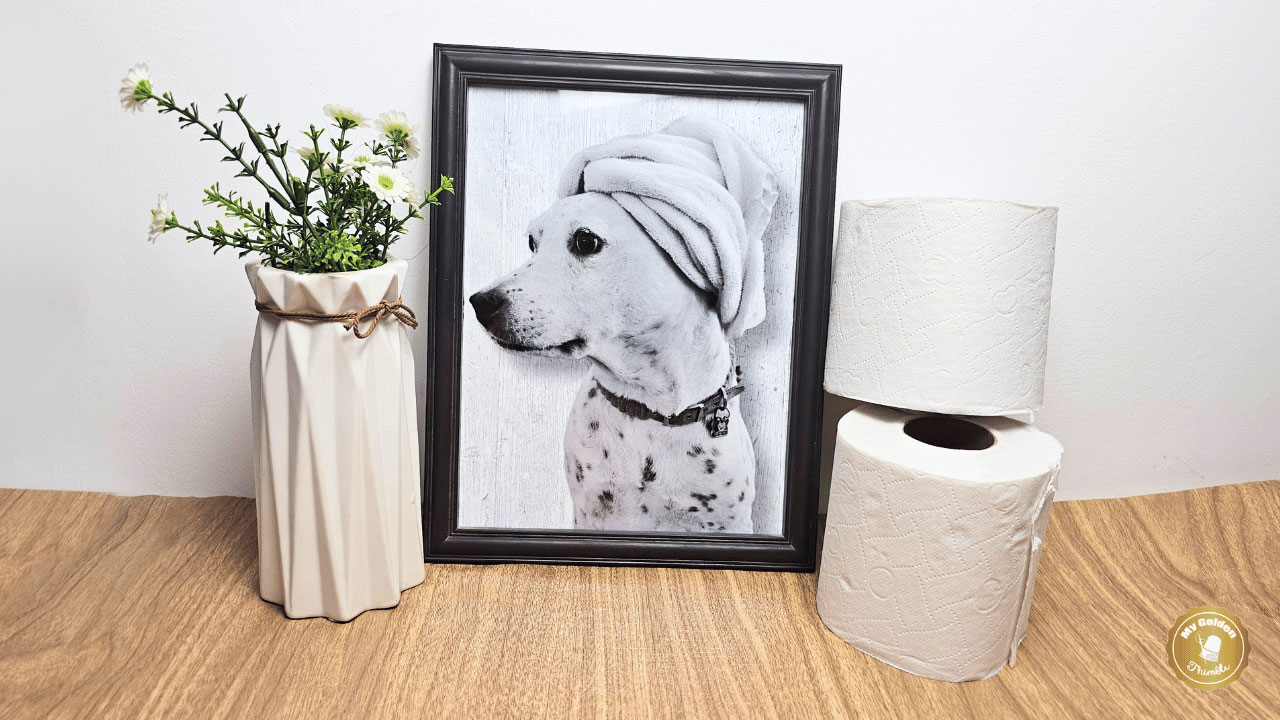
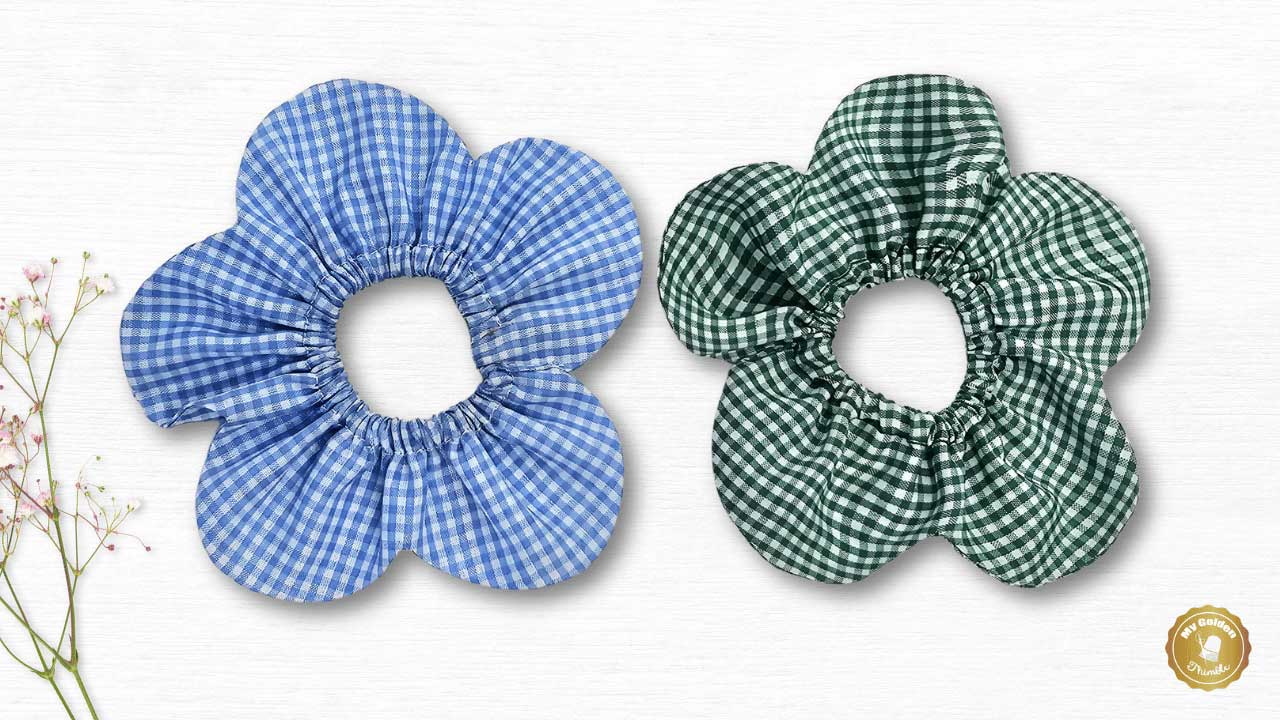

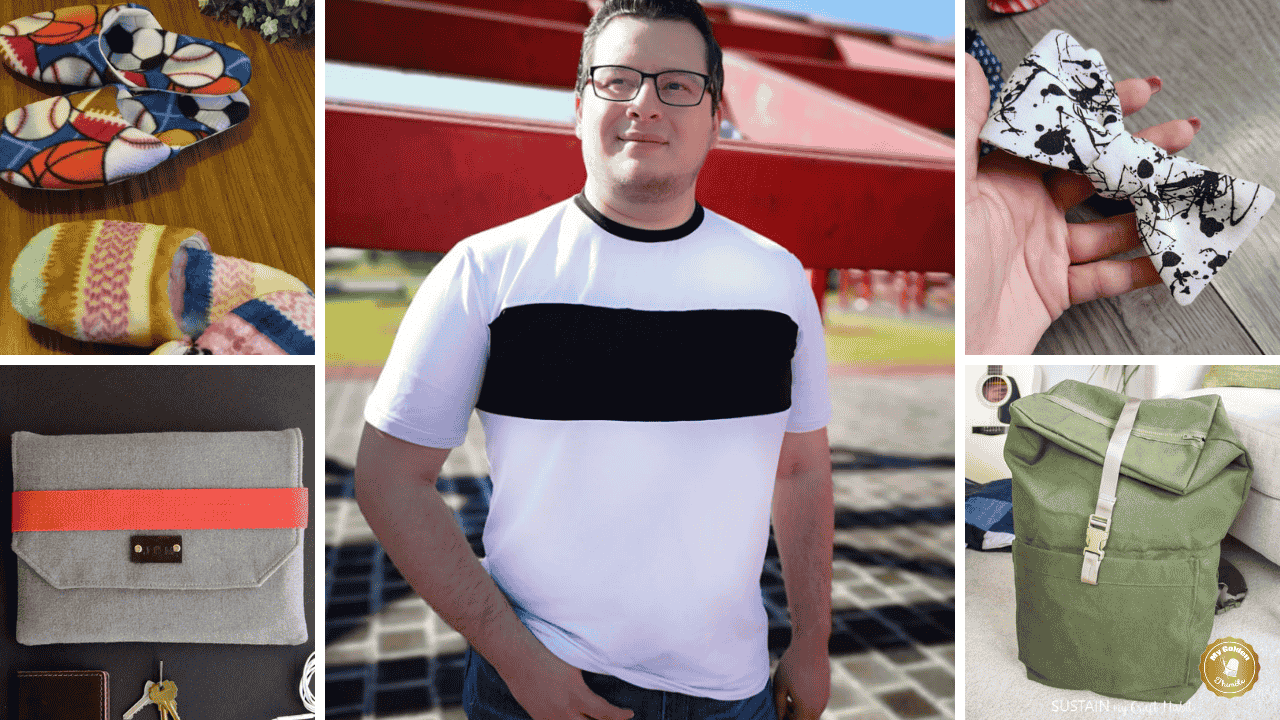
I adore my rotary cutter but you need to add that they have to have a rotary cutter mats or damage will be done!
Totally true! You should always have a cutting mat. I will have it even if I only used scissors.